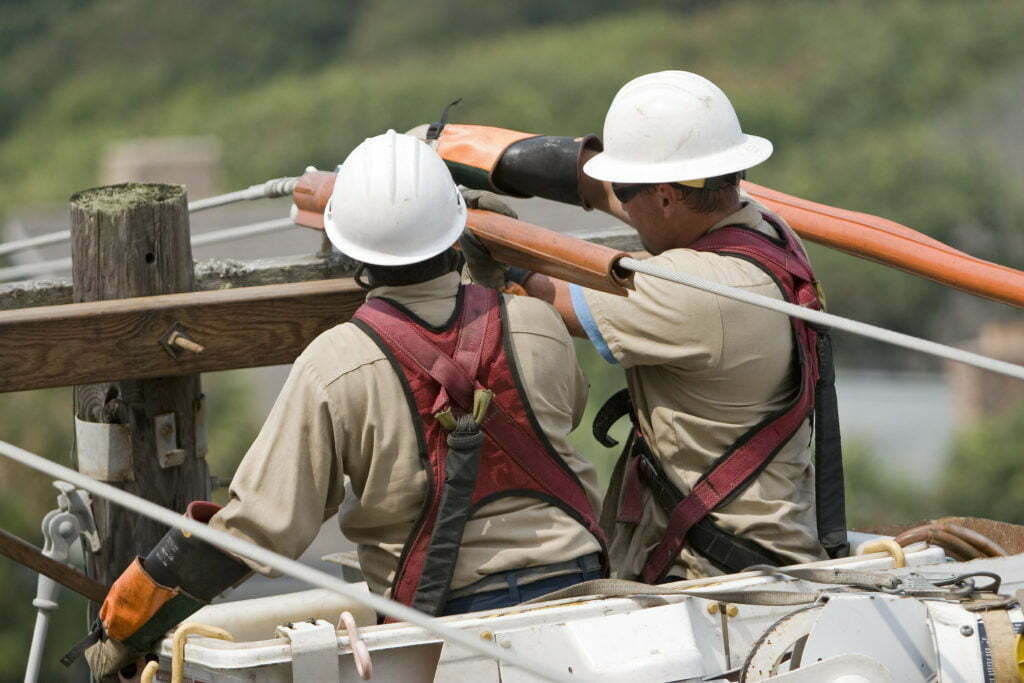Tips for Utility Companies: Communicate with Emergency Management Early and Often
During a long-term power outage, communications challenges with emergency management and the local government can hinder recovery efforts. Use these tips to build and maintain a relationship with your local emergency management agency that allows for an open flow of information before, during and after a weather-induced power outage.
Maintain your relationship with emergency management before and between disasters.
- People, personnel and expectations need to be well-known. Hold regular meetings with your local emergency management agency to discuss incident management.
Share your emergency operations plans to establish clear roles and responsibilities.
- Coordinate and share your emergency operations plans with emergency management before a disaster to set clear roles and responsibilities for leaders on both sides.
- Avoid infringing on emergency management’s responsibilities during an event — utilities are a subset of emergency management’s command structure.
- Consider providing a timeline to emergency management of when you will provide specific information during a disaster, such an update on power restoration times every 24 hours.
Designate a liaison to your local emergency management agency.
- If possible, the liaison should be emergency management’s point of contact during emergency and non-emergency situations.
- If not, ensure emergency management knows who to contact during an emergency and has communicated clear expectations with them pre-incident.
If communications arise during an event, ask your public utilities commissioner (or the public utility regulating agency) to mediate communications between the utility and the locality.
- Because the commission oversees utilities, they may be able to better manage requests for information, such as restoration estimates for power or critical infrastructure.
Share your special-needs population list with emergency management and provide frequent status updates during an event.
- Work with emergency management pre-incident to prioritize your special needs population list and ensure emergency management has the most up-to-date information.
- Have a system in place to provide constant status updates on special-needs residents throughout the power outage, but be aware that HIPPA privacy restrictions can cause issues if not sorted out pre-incident.
Work with emergency management to prioritize the utility’s critical infrastructure restoration list.
- Work with emergency management before a disaster to ensure your list is prioritized based on importance using a tiered system.
- Identify “single point of failure” items – like a major sewage line – that need immediate attention during an event.
- Provide frequent updates to emergency management on the status of critical infrastructure throughout a power outage.

